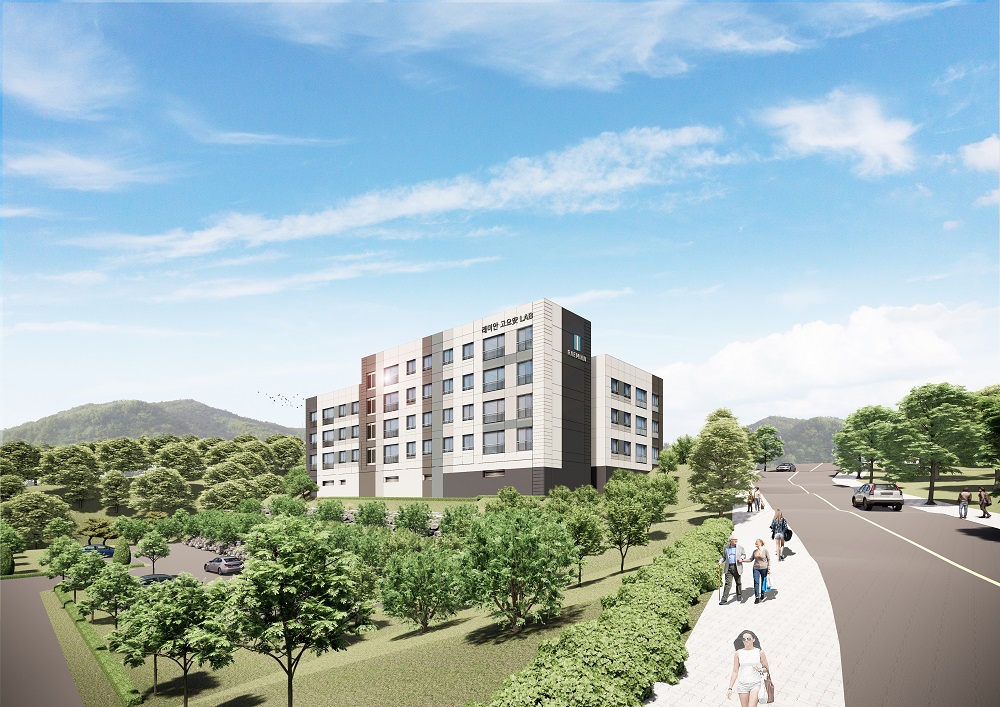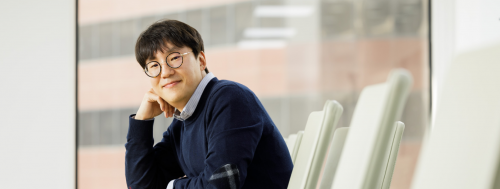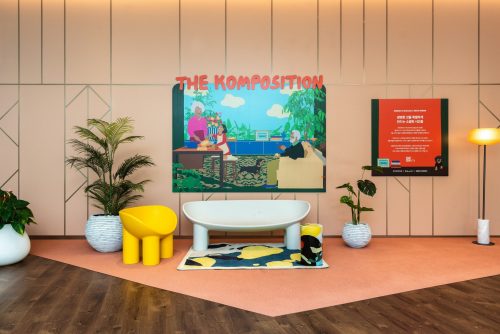Since COVID-19 with all the social distancing and working from home, people have been spending more and more time in their own residences. One thing that people in apartments notice more often is noise from upstairs neighbors – people walking, things being dropped, even televisions on high volume – coming through the ceiling from the floor above.
According to the Korea Environment Corporation, there was a total of 42,250 complaints related to noise between floors in 2020, more than double the average annual figure of 20,508. And it’s not just in Korea: in New York, there were 11,687 noise-related complaints in March 2020, a 23.2% year-on-year increase.
Noise between floors is therefore a universal urban social problem. So, as a construction company, let’s see how Samsung C&T’s Engineering & Construction Group is trying to ameliorate that problem.
Creating a body to study and tackle the problem
In December 2020, Samsung C&T’s Engineering & Construction Group announced the establishment of a brand new “Inter-floor Noise Research Institute,” the first of its kind in the construction industry. This means that Samsung C&T will fulfill its responsibility to improve social problems, going beyond supplying housing. The new institute is composed of about ten construction experts with master’s or doctoral degrees, and it has several main functions.
The first is to analyze the causes of inter-floor noise and the actual levels of audible sound. Secondly, the institute makes a comprehensive study of technologies and solutions such as using different materials, structures, and methods to reduce noise traveling between floors. The techniques that are thus obtained can be gradually applied to apartment construction sites through a process of continuous experimentation and verification. Also, immediately applicable technologies such as floor structures that reduce vibration and noise, or noise-reducing ceiling structures, will be supplemented.
In July 2021, Samsung C&T’s E&C held a groundbreaking ceremony for the construction of an experimental building at the Inter-Floor Noise Research Institute for the purposes of research, development, and demonstration of new technologies. It is scheduled to open in 2022, and plans to invest about $8.8 million to build a four-story plus basement research facility that includes 10 experimental apartments, measuring rooms, and experience rooms. A room where people can experience different levels of noise between floors will be partially open to the public through gradual development.
Patent application for floor slab technology
In March 2021, Samsung C&T E&C’s Inter-floor Noise Research Institute has developed a technology that does not affect floor height even if the thickness of the floor slabs is increased.
Samsung C&T has submitted patent applications for this technology that can reduce noise between floors. Increasing the thickness of a floor slab from 210mm to 250mm for only certain parts of an apartment floor can have the same effect on reducing inter-floor noise as increasing the thickness of the entire slab. The significance of this is that it doesn’t affect the height of each story or level of the building, because the overall thickness of the floor is not increased. Floor thickness is important, as in two buildings of the same height there are fewer stories in when the floors are thicker overall.
As well as having its own internal research institute, Samsung C&T E&C has conducted joint investigations with external organizations like the Korea Institute of Civil Engineering, the University of Seoul’s Laboratory of Architectural Acoustics, the KCC Central Technology Research Institute, and others, all to tackle the problem of reducing inter-floor noise.
In addition, Samsung C&T’s E&C’s own research institute will conduct joint research with the Korea Institute of Construction Technology to expedite a solution to the problem of noise between floors. Furthermore, there is a plan to share the research results with government research institutes and others.
Kim Jae-ho, simultaneously director of Samsung C&T E&C’s ENG Center and of the Inter-floor Noise Research Institute, explains that “most studies of inter-floor noise reduction have so far focused on improving the performance of materials,” adding, “But our institute plans to introduce different noise reduction technologies through various studies such as structural forms, materials, and building construction methods.”
Samsung C&T’s Engineering & Construction Group, which is a major builder of apartment complexes, will continue to practice corporate social responsibility by working to resolve social problems such as noise between apartment floors.









